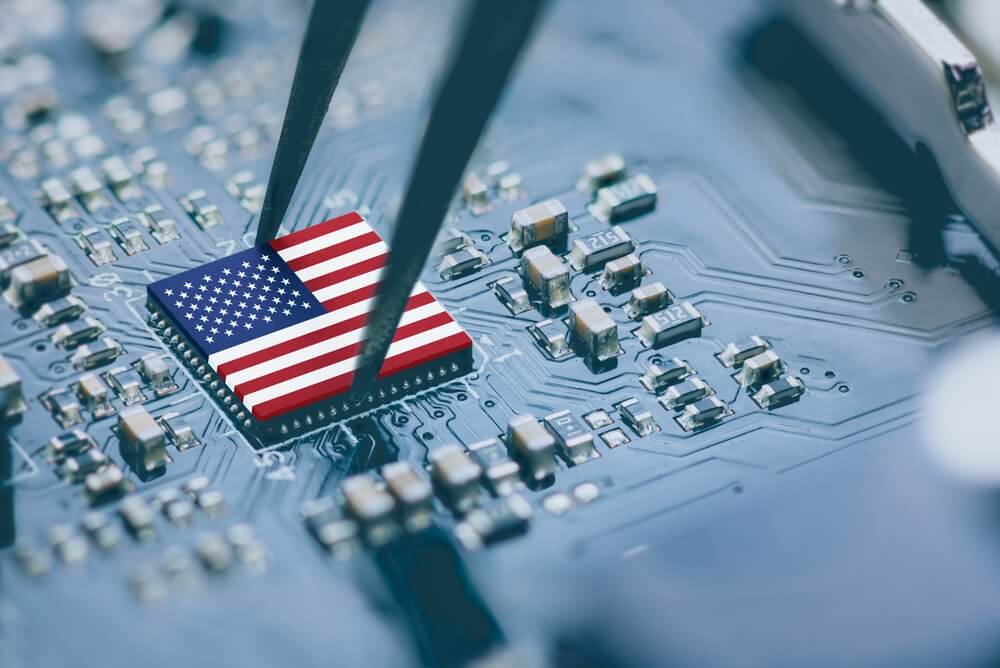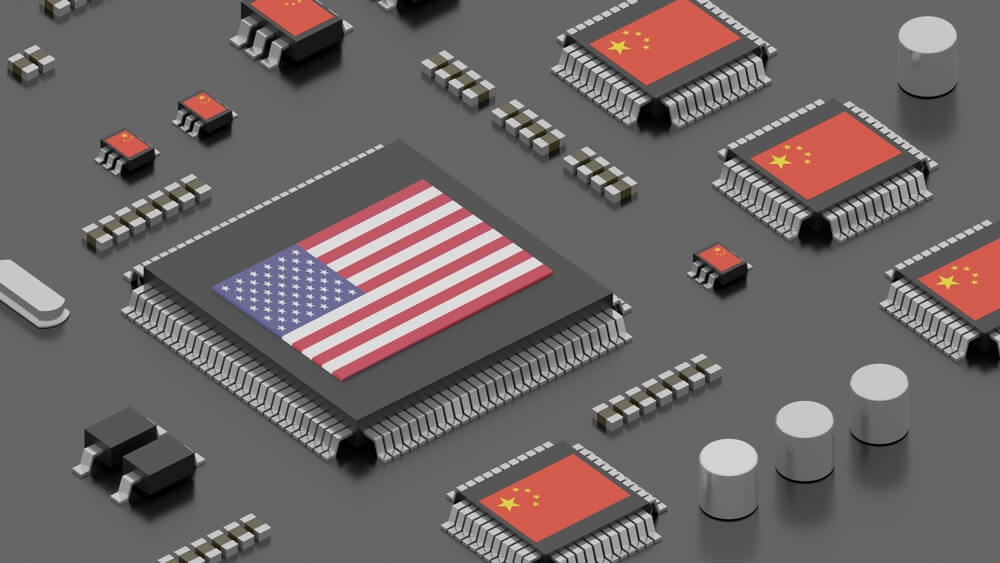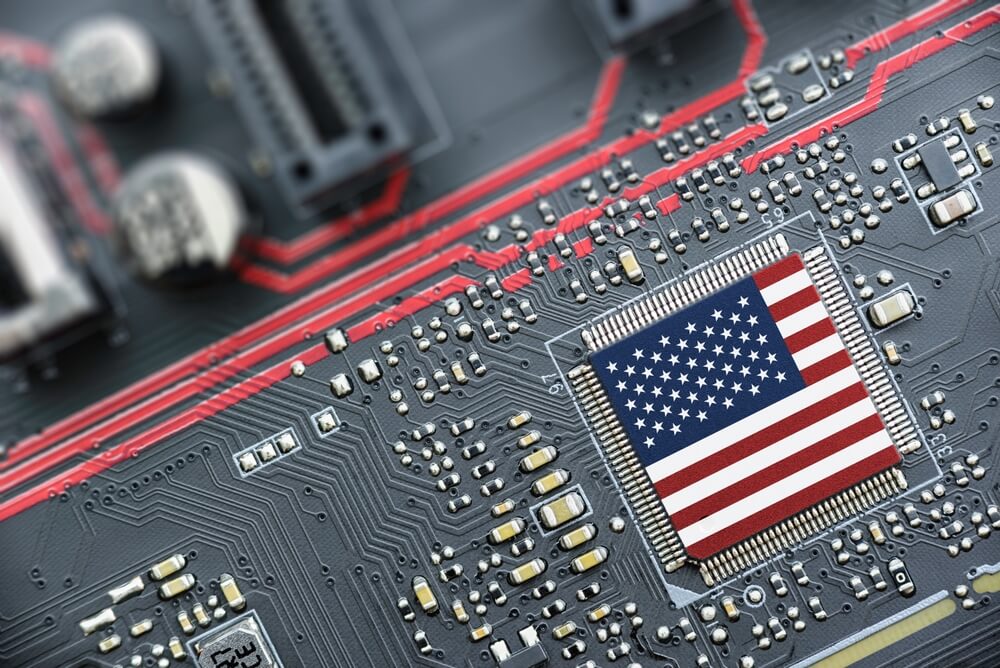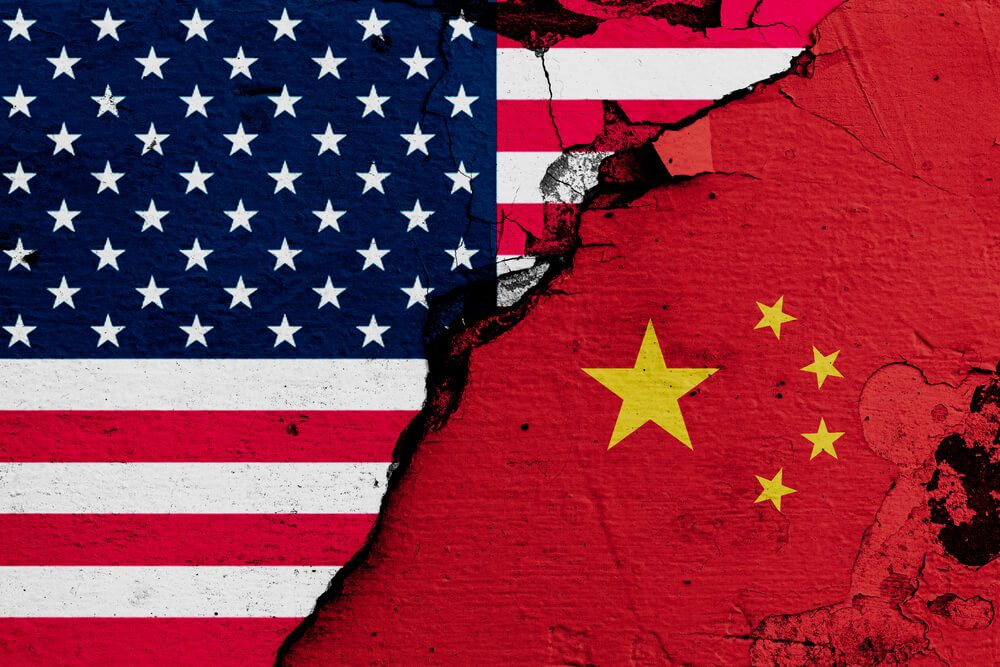
Ensuring Domestic Chip Manufacturing Strengthens U.S. Defense
Successful defense across land, sea, air, space and cyberspace depends on technology that can perform reliably across multiple domains and with limited connection.

Successful defense across land, sea, air, space and cyberspace depends on technology that can perform reliably across multiple domains and with limited connection.

The manufacturing boom won’t materialize without greater effort by private industry, government agencies, educational institutions and non-profits.

Tablets used by the military are assembled with parts that trace back to companies under China’s control, with some flagged by Congress for ties to the Chinese military.

The growing detachment risks undermining the dominance of the U.S. defense sector and weakening the country’s broader strategic objectives.

Russia and China encourage the kind of dangerous behavior at sea not seen since the Cold War.

Microelectronics manufacturing has been offshored over the past 25 years, which threatens our ability to produce microelectronics at scale.

The problem isn’t just about microelectronics that have shifted offshore over the last several decades. Rather, it’s about failure to act, even as the path forward is staring at us in the face.

Ensuring our allies adopt semiconductor export controls that mimic the U.S. policies regarding these primary adversaries, especially China, would provide a nonpareil military advantage to the U.S.

The next administration must do dramatically better in understanding both the semiconductor industry and its fundamental role in the modern world with robust national security policies reflecting this understanding.

The next U.S. president will be faced with a stark choice – whether or not to rebuild what was once a vital commercial merchant marine fleet to support U.S. trade interests around the globe and buttress U.S. military operations when needed.

An important American national security institution stands at a crossroads. The Committee on Foreign Investment in the United States, which for decades has protected key domestic industries against potential threats from foreign investments, has been thrust into uncharted territory.

It will take years to purge the myriad military systems containing content from our adversaries. In the meantime, we remain at risk for a catastrophic event that could disrupt military operations and cripple critical infrastructure.

We need to find innovative ways to stretch our industry training dollars, especially as advancing military threats spur the need for more advanced weaponry and a well-trained workforce.

President Biden’s proposed defense budget for fiscal year 2025 eliminates further funding to bridge the shortfall in electronic components needed for semiconductors to function.

Our national defense and economic security are at risk because we rely so heavily on adversaries and geopolitical competitors for the technologies that power our military systems and critical infrastructure.

In order to prevail in this new Cold War, the U.S. must ensure that its high-tech companies are able to compete successfully against their Chinese rivals.

The onus is on industry for thoroughly researching value creation opportunities and conveying options to the Department of Defense.

The semiconductor industry is enjoying a rare moment in the sun. Thanks to supply shortages and the U.S. government’s belated realization of the role semiconductors play in weapons systems and elsewhere, congressional leaders and the Biden administration are committing taxpayers to spending billions on domestic chip factories. It’s been a long time coming.